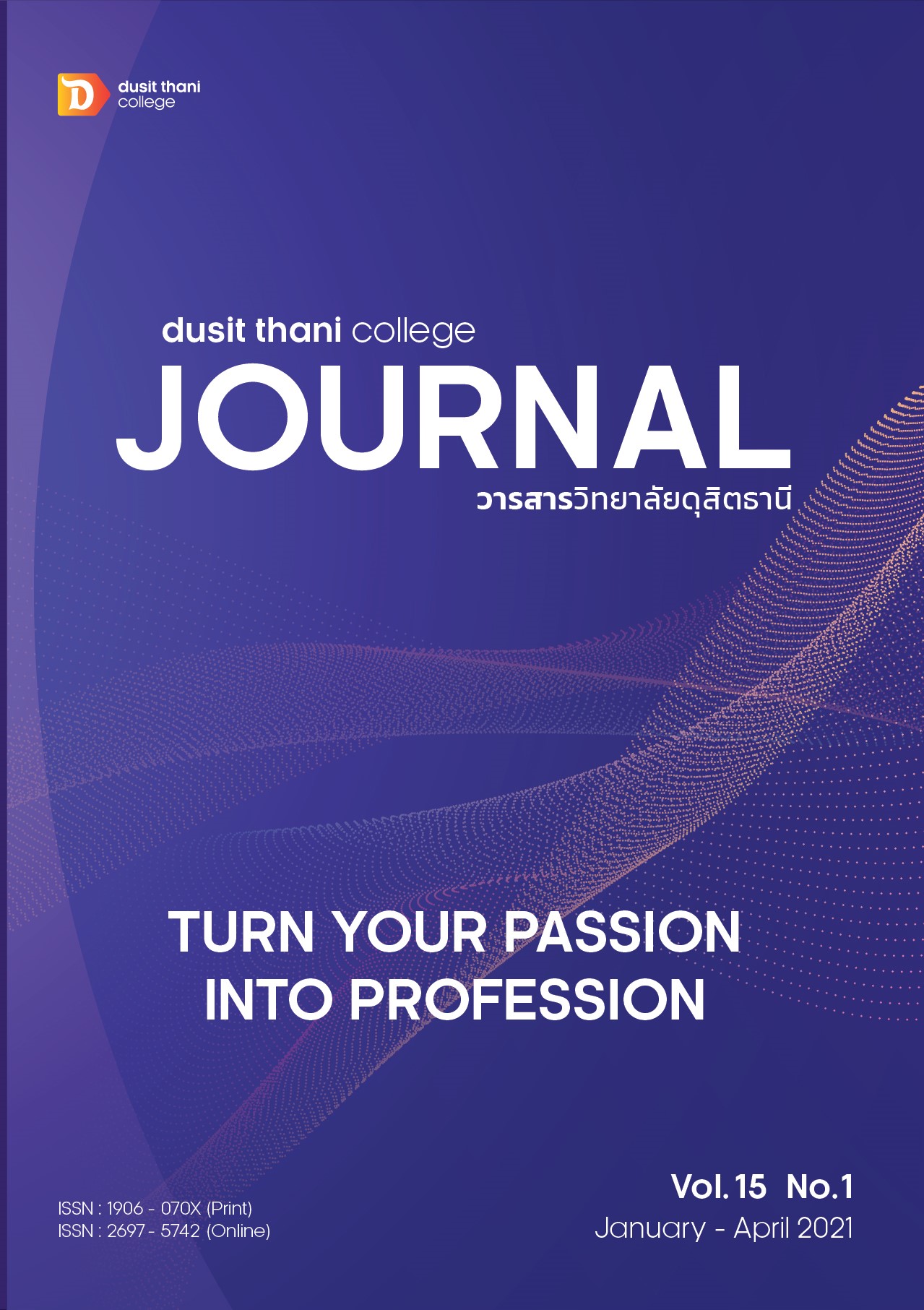THE GUIDE TO INNOVATIVE HUMAN RESOURCE MANAGEMENT
Main Article Content
Abstract
The changing in environment development; effectiveness of organization depends on learning ability in situation, conceptual, operation technique and technology. With the Learning from experience in both internal and external organization used to develop new creative idea to create innovation. Factors that affects ability in innovative creation of organization are human, knowledge, and skills which are the key important components to increase efficiency in workplace, and force organization to sustainable development. Thus, in Human Resource Management, we need to analyzing, planning, forecasting and preparing for the changing that will happen in the future. The top management need to commit to leading organization to innovative organization, create environment of creativity, open more opportunity to everyone in organization to share their idea; dare to apply the ideas in real working situation and use reward to motivate creative idea of organization’s staff. The relax and uncontrol atmosphere able to create new idea in organization, on the other hand if top management people do not focus in the promoting the creative idea in organization, do not open the opportunity to everyone in organization to share their idea, do not apply those creative idea in real work situation and do not use reward as stimulate tool, then the innovative organization cannot be happen. In conclusion, Human Resource Management team dare to change traditional way by adapt “HR Innovation” in the organization. And also follow up the continuous improvement result in adapt HR Innovation concept in Human Resource Management.
Article Details
Article Screening Policy
- All research and academic articles to be published must be considered and screened by three peer reviews in the relevant field / article.
- All articles, texts, illustrations and tables published in the journal are the personal opinions of the authors. Editors don't always have to agree. And no responsibility whatsoever is the sole responsibility of the author.
- The articles to be published must never be published. Where did you first publish? And not in the consideration of other journals If the audit found that there has been a duplicate publication It is the sole responsibility of the author.
- Any article that the reader sees as being plagiarized or impersonated without reference. Or mislead the work of the author Please let the journal editor know it will be your greatest blessing.
References
Buanoi, D. (2016). Nawattakam kap khwamkhit sangsan [Innovation and creativity. Journal of Management and Marketing. New York : McMillan.
Dessler, G. (2003). Transition to Effective Management with INSEAD Executive Education.
New York : McMillan.
Drucker,P.(2015).Innovation and entrepreneurship. Abingdon: Routledge.
Dwivedi, R.S.(1985). Management of Human Resources. New Delhi : Oxford&IBH Publishing.
Khecxnanth, N. (2003). Human Resource Management. Bangkok : SE-ED Book Center.
Phonanan, T. (2003). Focus Human Resource Management in the guidelines to
Employee satisfaction. (2thed.). Bangkok : Yellowpages.
Rogers, E.M. (1995). Diffusion of Innovations (4thed.). New York : Free Press.
Rujayachayakul, P. (2014). prototypes and Samsung's R&D achievements. (Online). Available from https://www.softbankthai.com/Article/Detail/899.
Sathorn, P. (1974). Principles of personal management. Bangkok : Wattanaphanich.
Tarichkul, W., & Punthai, K. (2017). Knowledge management for innovation organization building. Bangkok: Academic Journal Phranakhon Rajabhat University.
Tienphut, D. (1996). Human Resource Management in the next decade. Bangkok :
Chulalongkorn University.
Watjinda, A. (2007). Human Resource Development. Bangkok : Damrong Rajanuphap
Journal.
Wongsuwan, N. (2003). Human Resource Management. Bangkok : Chamchuri
Product.
Yotsomsak, S. (2006). Human Resource Management. Bangkok : M.T.Press.


